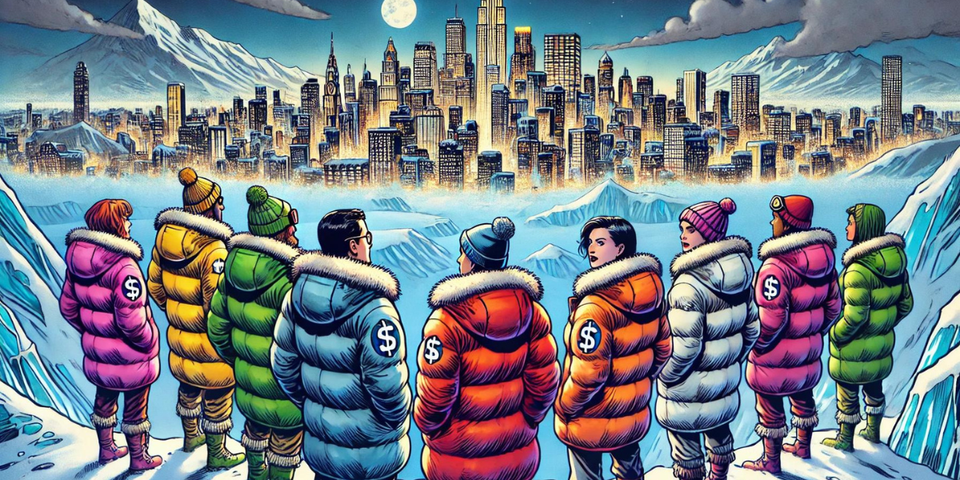Why 'otherworldly' temperatures may be good news for some regions

I’m sure many readers will have seen the interesting graphical interface published by National Geographic. The data comes from the University of Maryland, which applied the (controversial) RCP 8.5 scenario to major towns and cities and then found present-day proxies for the weather conditions that are expected to prevail in 2080.
For example, London in 2080 is expected to have a climate that is similar to Labarde in France, which is on the northern outskirts of Bordeaux. New York’s 2080 climate will be akin to that of Ola, a small town just to the west of Little Rock, Arkansas.
For those wanting to play around with the app, I suggest using the U. Maryland website, which is a bit more flexible than the National Geographic version. Check out the “Climate Similarity Surface” option, which I found especially useful.
As I’ve mentioned many times, I trust the scenarios built by physical scientists much more than those trotted out by economists, banks, and financial regulators. When I criticize scenarios, I’m really trying to target examples that do not have a solid empirical underpinning. If the science is sound, the use of scenarios becomes innocuous. Indeed, they can be very useful tools for communicating the likely effects of climate change to a broader audience.
I suspect that the data science behind the U. Maryland graphics is pretty straightforward. Once you have temperature and rainfall patterns projected under the RCP 8.5 scenario, an algorithm would effectively create a similarity score for each pair of locations or location projections. You would then search for the nearest reasonable proxy that is considered sufficiently similar.
Most of the metropolises whose 2080 forecasts cannot be matched with a 2024 location are the ones that dart off into space in the National Geographic’s interface. Taken literally, this means some locations will become so hot and wet that their climates will be otherworldly. These are the places that will bear the brunt of global warming and are likely to see either a mass exodus of people or extreme hardship for those who remain.